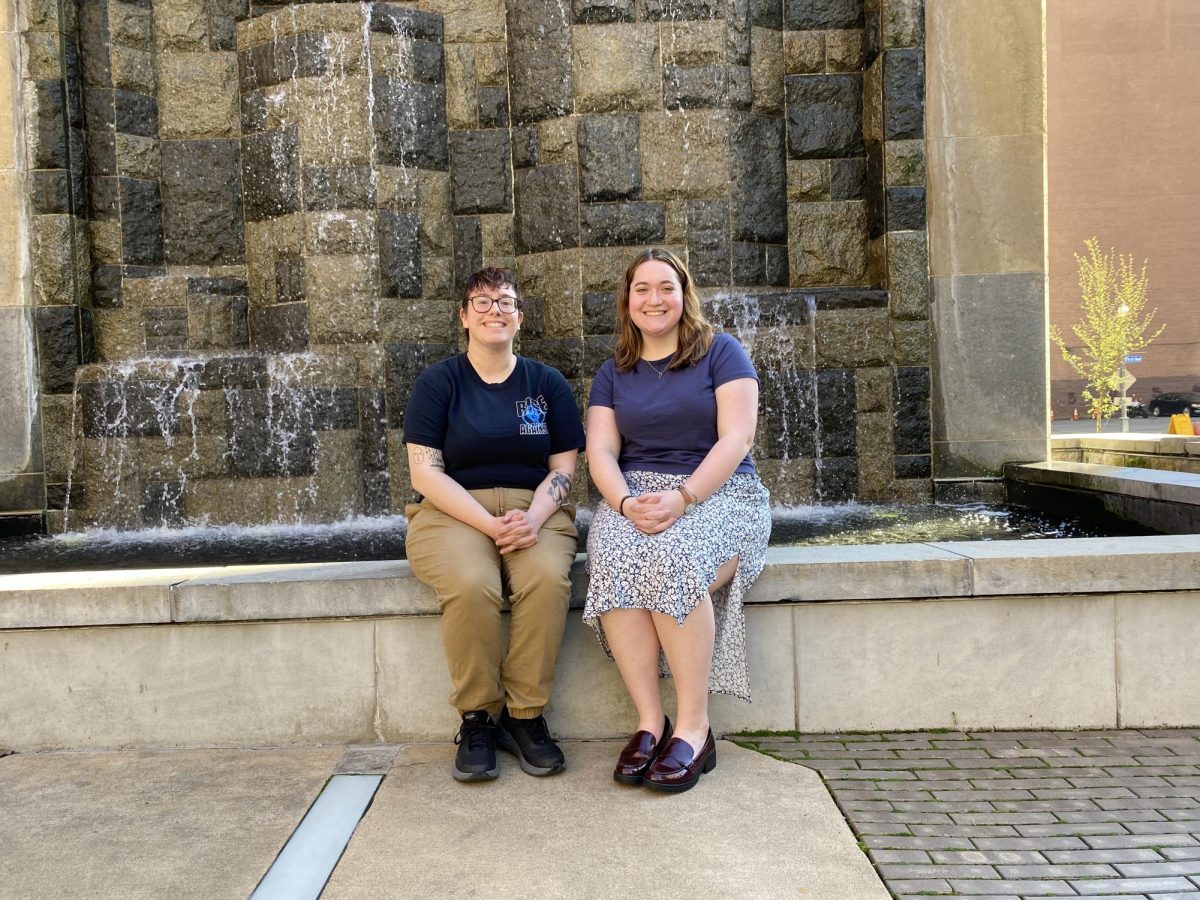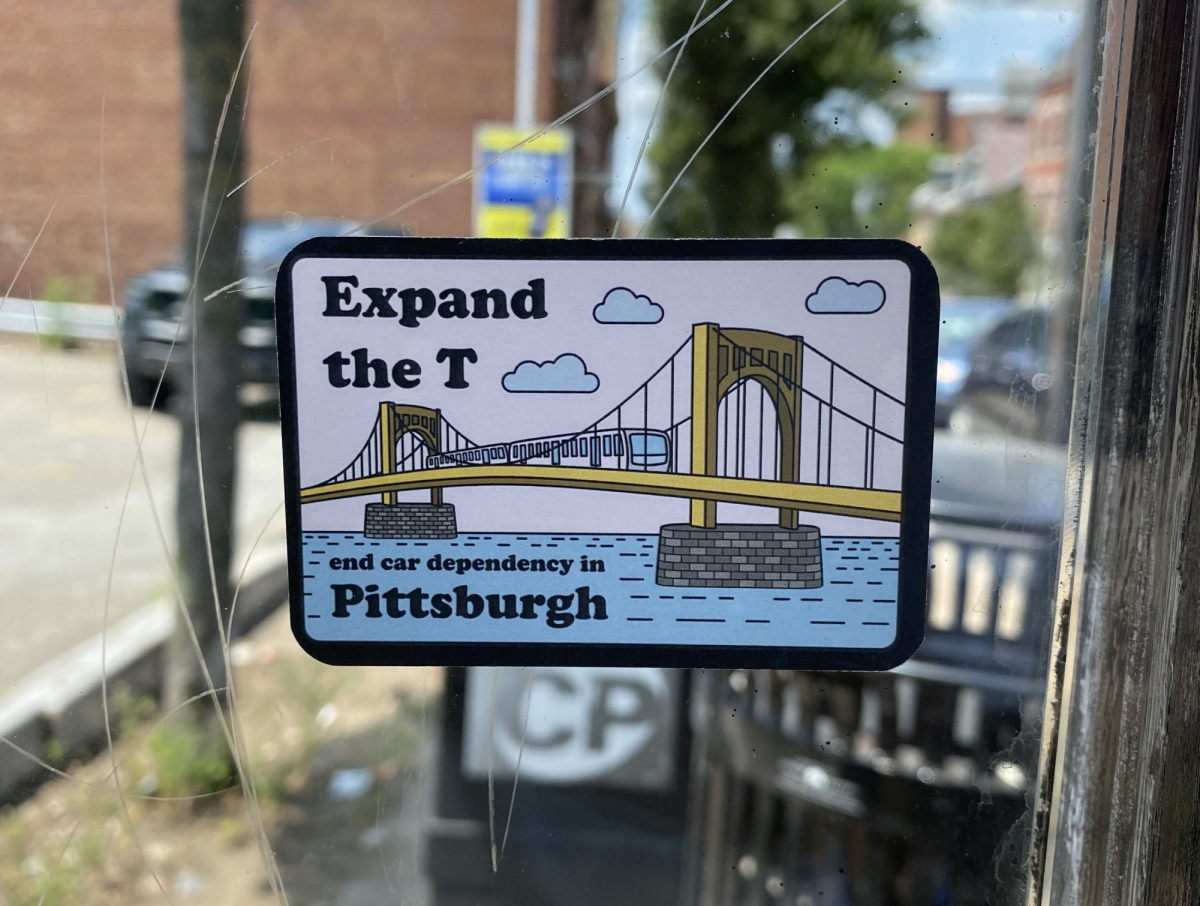
After decades of failed attempts to fix the stigma surrounding plus-sized women, retailers have begun to accept the inevitable: not all women are skinny. Not all women fit the body type that is endorsed in the media, so why should stores create fashion lines geared only to that type?
Plus-sizes were created for this reason. Women who are naturally a larger size are entitled to fashionable clothes too. For years, clothing stores have carried two groups of sizes: regular and plus-sized. Upon entering the average retail store, women categorized as plus-sized (size 14+) are immediately directed to a corner — the corner that holds the clothes they will fit into.
Separating women into these groups causes a serious problem. It causes these size 14+ women to feel isolated from the regular shoppers — isolated from the shoppers with the “normal” bodies. These same women shop online and are confined to a special part of the website, where there is a considerably smaller and less developed inventory.
Many campaigns have taken place to bring attention to this misrepresentation of plus-sized shoppers. Dove released a spread of a dozen women, eclectic in size, standing confident in their own skin. Vogue released a campaign titled “The Best Lingerie Comes in All Sizes,” advocating for plussized women. Well-known retailer American Eagle released the “Aerie” campaign, that promises no touch-ups, no enhancements, and real bodies. Despite these popular efforts, plus-sized women are still underrepresented.
Forever 21 is one of the most popular clothing stores for teenagers and young adult women. They recently released their plus-sized line, “Forever 21+”, but have not implemented the initiative to include these sizes in their store. Because of this, girls and women who are above a size large cannot shop in the store.
Forever 21 stores that include a plus-sized section are a rare find. The famous four-floor store in Times Square includes a plus-sized section, but only takes up an estimated 8 percent of the mega-store. Shoppers who need the larger sizes are restricted to this 8 percent. The “Forever 21+” corner holds a limited selection of dresses, skirts, and shirts that do not reflect the rest of the store. As girls pass the regular sizes, they can only hope that the plus-size section may hold those styles. But it does not.
Customers size two and size 18 alike shop with the same goal in mind: to express their own, individual style.
Nationally acclaimed online clothing retailer ModCloth has officially decided to address this destructive categorization.
Its popular website has included a plus-sized category for years. Its plus-sizes included XL, 2X, 3X, and 4X, and, when a customer would click on the plussized tab, they would be shown the limited inventory that included these sizes.
ModCloth creators do not agree with how the retail websites categorize women. After all, in stores, all body types shop together. Why can’t online shoppers do the same? Go to any store, and you will see women of all shapes and silhouettes searching for clothes that can help them express their own style. Plus-sizes should be included in the bulk of the inventory. Women should not feel victimized by needing a size bigger than a large.
Instead of categorizing women into two groups, ModCloth has taken the positive initiative and now recognizes all body types as one. As of October 2015, the website decided to offer more of a variety in sizes for the whole stock – not just for sizes extra-small through large.
By introducing this adjustment to all online shopping outlets, women will no longer feel confined into groups. So why can’t this change happen in stores too? Shopping as we know it would be transformed.
A woman’s personal body image is closely linked to her self-esteem, and 91 percent of women are currently unhappy with their weight. Why?
Society projects untrue images onto women across the nation. Looking through a fashion magazine, what do you see? You see thin women, tall women, and beautiful women, but chances are most of these images are not the truth. They are Photoshopped, and they are a misrepresentation of the female body. These misconstrued images isolate the women who need larger sizes than what retailers typically carry.
There is an absence in the fashion world that needs to be filled with accurate pictures of women. The more young women consume these fabricated images, the more they will look negatively upon their own bodies, shaming themselves. It’s time that all body types are portrayed on the pages of these magazines, and it’s time for retailers to follow in the progressive footsteps of ModCloth to create clothes fitting for all women.
After all, clothes are a form expression. Not a form of imprisonment.








